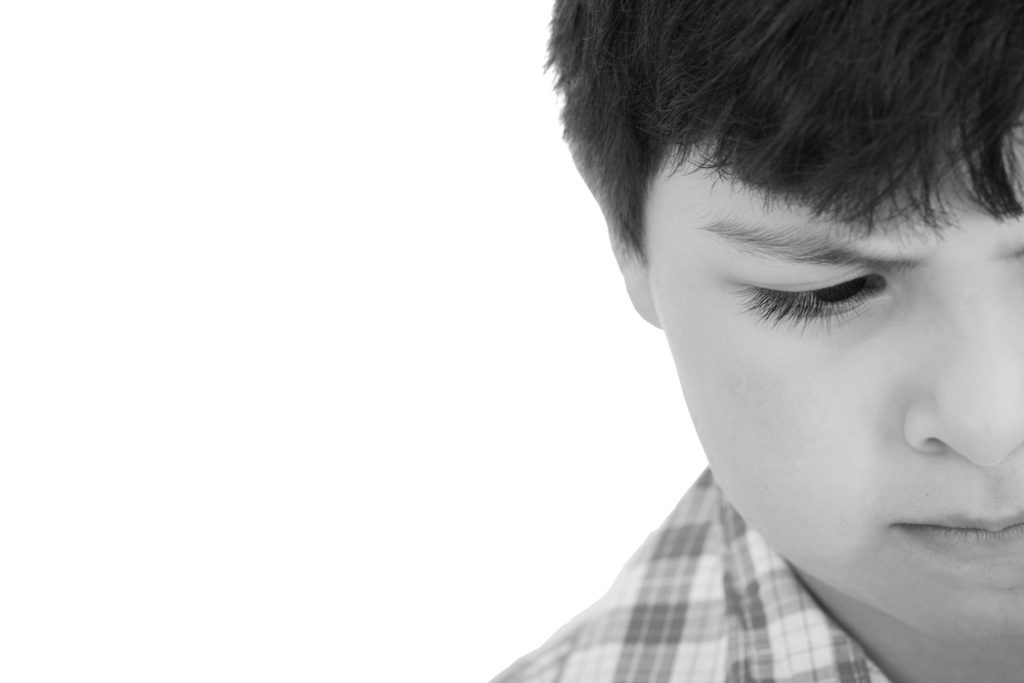Death by Inequality: Poverty and Racism Are Killing America’s Children
The deaths of hundreds of thousands of kids should have dominated the media. They would have been, if terrorists had killed them.
A new report concludes 600,000 children have died in the United States for no reason over a 50-year period. Thousands more will die this year, and next year, and the year after that. (. . .)
An entire city of children has been lost.
This is the real “death tax.” It’s a tax on poverty, a tax on race, a tax on political powerlessness. And it’s paid with the lives of the innocent.
These deaths should have led every news broadcast and been a banner headline in every newspaper in the country. They would have been, if terrorists had killed these kids. After all, we changed our way of life after 3,000 people died on 9/11. But after the deaths of 600,000 children, nothing’s changed at all.
Lost Children
The report, published in the journal Health Affairs, compared child mortality in the United States with that of 19 other comparably developed nations. Here’s what the authors found:
A child born in the U.S. is 76 percent more likely to die before reaching adulthood than a child born elsewhere in the developed world.
“From 2001 to 2010 the risk of death in the U.S. was 76 percent greater for infants and 57 percent greater for children ages 1–19.”
. . .
A Moral Failure
The U.S., say the report’s authors, is “the most dangerous of wealthy nations for a child to be born into.”
As the Los Angeles Times notes, “The study authors said their findings support the conclusions of the Institute of Medicine, which blamed a fragmented health system, poverty, a weak social safety net and other factors for ‘poor health outcomes’ in the U.S.”
The authors reached the following conclusions:
“The care of children is a basic moral responsibility of our society. The U.S. outspends every other nation on health care per capital for children, yet outcomes remain poor.”
. . .
Medical Apartheid
The Health Affairs report is new, but we’ve known about the systemic injustices in our healthcare system for a long time. African-American infant mortality rates are 2.2 times higher than those of non-Hispanic whites. They were 3.2 times more likely to die from complications due to low birthweight, and experienced more than twice the rate of Sudden Infant Death Syndrome (SIDS).
Racial disparities are even more pronounced when they are combined with geographic differences. The infant mortality rate in Mississippi is the highest in the country. At 9.4 deaths per thousand, that state is closer to Costa Rica, Botswana, and Sri Lanka than it is to the overall United States.
. . .
Racial and Economic Barriers
A 2011 study compared World Health Organization data from the U.S. and 19 countries and found that the U.S. had the worst child mortality rates. Using a UNICEF standard of measurement, it concluded that “the USA health care system appears the least efficient and effective in ‘meeting the needs of its children’.”
Meeting the needs of our children: why can’t we do it?
Many parents can’t afford adequate healthcare for either expectant mothers or children. Many of the same parents also face barriers of entrenched racism. A news brief from the University of California, San Francisco offers the striking anecdote of “an ER physician who had lost a document and was searching frantically for it in the garbage bins behind … San Francisco General Hospital and Trauma Center. What he found instead in the mountain of rubbish were crumpled prescription slips that patients had tossed in hospital trash cans throughout the week.”
They had been tossed, not because parents didn’t care, but because they couldn’t afford to pay for the medications their children needed.
. . .
Poverty Sickens
Poverty itself makes people sick.
Environmental problems plague lower-income communities and communities of color. Jasmine Bell listed five of the environmental injustices faced by communities of color, including higher exposure to air pollution; greater proximity to landfills, toxic waste sites, and industrial facilities; higher rates of lead poisoning; water contamination; and greater vulnerability to the effects of climate change.
Each of these factors can directly affect the health of children. An in-depth report in Scientific American, “Pollution, Poverty and People of Color: Children at Risk,” detailed the harmful health effects of environmental pollution and chronic stress. The complex relationship between poverty and health was explored further in a journal article entitled “Epigenetics and Understanding the Impact of Social Determinants of Health.”
. . .
Inequality: Economic, Medical, and Political
Why do we spend more on health care than other countries, and get less in return? There are many answers to that question. One of them is inequality of care. Some people can afford all the medical treatment they need. Others, even those with health insurance, may struggle to get needed care. Others have no way of affording it. And our system permits financial exploitation by pharmaceutical companies and other for-profit players, leaving less money for actual care.
